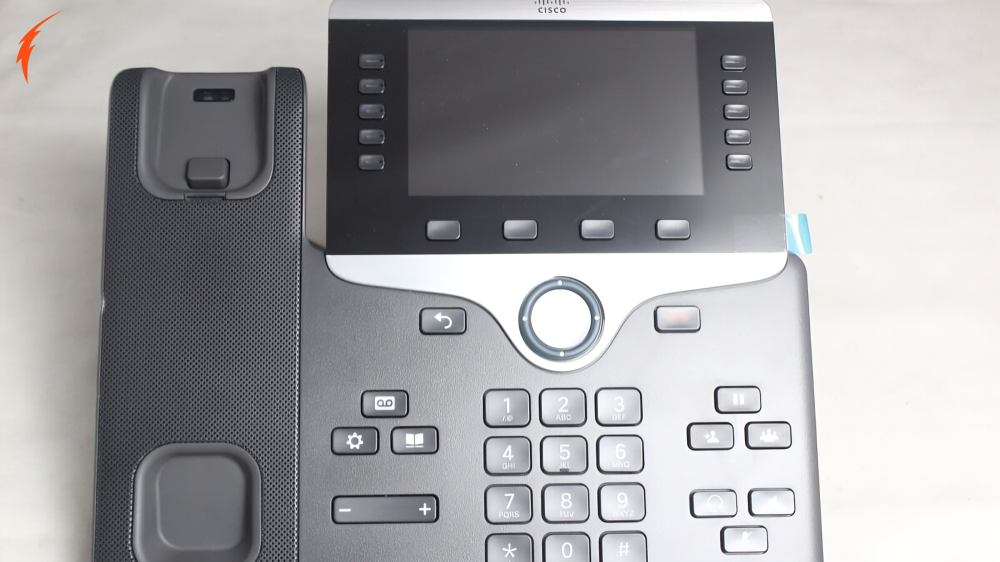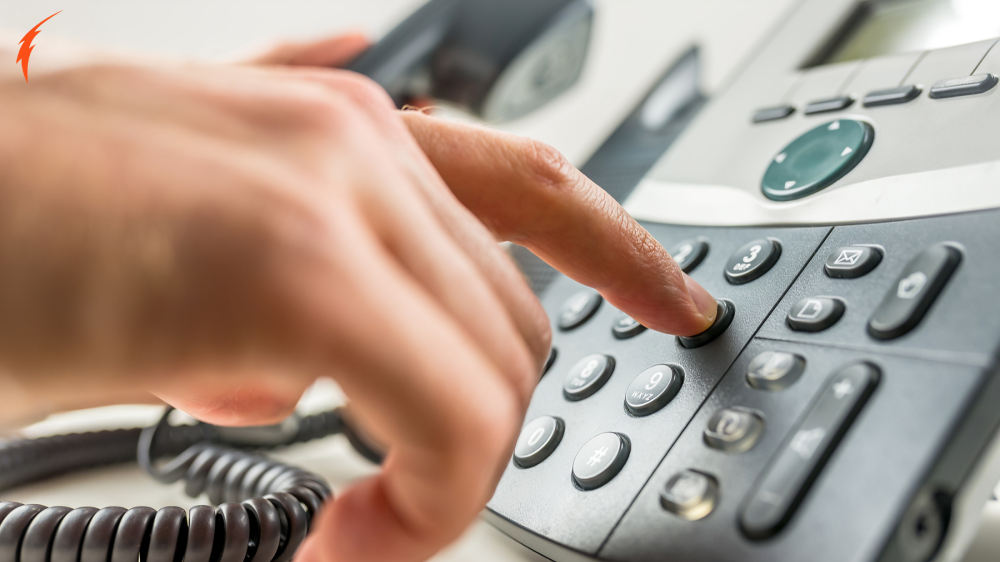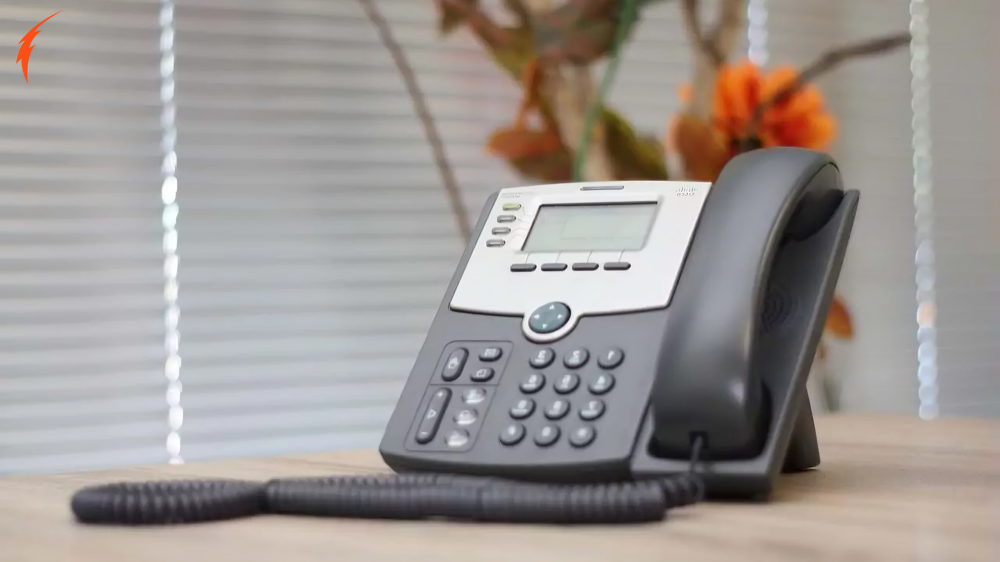The world of technology is constantly evolving, and managing devices like the Cisco 7841 phone can sometimes be a challenge. However, understanding how to CME (Cisco Unified Communications Manager Express) change soft button 7841 is simpler than you may think. With the proper guidance, you can quickly reconfigure soft buttons to meet your unique needs, providing greater flexibility and control over your Cisco phone system.
In this detailed guide, we’ll walk you through everything you need to know to CME change soft button 7841 with ease. From understanding what a soft button is, to the specific steps to make changes, you’ll learn how to efficiently manage and optimize your phone’s functionality.
What Are Soft Buttons?
Before diving into the CME change soft button 7841 process, it’s important to understand what soft buttons are. Soft buttons are programmable buttons on Cisco phones, like the 7841 model, that allow you to execute various commands. These buttons typically change based on the context of what you’re doing on the phone. For instance, while on a call, you may see options for transferring a call or putting it on hold.
These soft buttons enhance usability by giving users quick access to frequently used features, and with the CME change soft button 7841 process, you can customize these buttons to better suit your requirements.
Why Customize Soft Buttons?
The Cisco 7841 phone is a versatile device, but sometimes the default configuration of the soft buttons may not align with your specific business processes or personal preferences. By learning how to CME change soft button 7841, you unlock the ability to reconfigure these buttons to perform the actions most valuable to you. For example, you might want a button dedicated to speed dialing or conference calling.
Customizing soft buttons also helps streamline workflow, enabling employees to complete tasks more efficiently. If a business has unique call-handling needs, adjusting the soft buttons can save time and effort by eliminating unnecessary steps. When you CME change soft button 7841, you tailor the phone’s functionality to better align with your needs.

Step-by-Step Guide: How to CME Change Soft Button 7841
Here’s a comprehensive guide on how to CME change soft button 7841 quickly and effectively:
Log into the Cisco Unified Communications Manager Express
First, you’ll need access to the Cisco Unified Communications Manager Express (CME). The CME is the interface through which you manage various aspects of the Cisco 7841 phone. To begin the process, log in to your CME using your administrator credentials.
Once logged in, locate the “Device” section and select the appropriate Cisco 7841 phone.
Access Phone Button Template Configuration
After selecting the phone you want to configure, you need to access the button template configuration. The button template controls the assignment of soft buttons. To CME change soft button 7841, click on the button template linked to your Cisco 7841 phone model.
Modify Soft Button Layout
Now that you’re in the template configuration, you can see the existing button layout. The soft buttons will be listed with their current assigned functions. Review the list and identify which buttons you’d like to modify.
To change the functionality of a specific soft button, click on the drop-down menu associated with that button. You’ll see a variety of available options, including call hold, transfer, speed dial, and more. Simply choose the function you want the button to perform. This is the core part of how to CME change soft button 7841.
Apply the New Configuration
Once you’ve modified the soft button layout to your satisfaction, save the changes by clicking “Apply.” This action updates the phone’s configuration and will cause the device to reset momentarily to apply the new settings.
Verify the Soft Button Configuration
The final step in the process is to verify that your changes have been implemented correctly. To do this, access the Cisco 7841 phone and check the functionality of the newly configured soft buttons. Test the buttons by performing actions like making a call, transferring a call, or placing it on hold.
If everything works as expected, congratulations! You’ve successfully completed the CME change soft button 7841 process.
Benefits of Customizing Soft Buttons
Now that you know how to CME change soft button 7841, it’s important to understand the benefits of doing so. Customizing soft buttons offers several advantages:
Enhanced Usability
By customizing the soft buttons, you can create a user-friendly interface that simplifies tasks. The buttons will directly align with your most commonly used functions, reducing the number of steps needed to complete tasks.
Increased Productivity
When employees don’t need to navigate complex menus or remember how to access certain functions, productivity increases. A customized soft button layout makes common tasks, like transferring calls or conferencing, more accessible.
Tailored Experience
One size doesn’t fit all. The ability to CME change soft button 7841 gives you control over how your Cisco phone operates. Whether you need a button dedicated to specific business needs or simply prefer a different layout, the choice is yours.
Efficient Call Handling
Customizing soft buttons allows businesses to set up call handling features that match their workflow. For example, if your business frequently transfers calls, you can program a soft button specifically for that function, saving time and improving efficiency.

Common Issues When Changing Soft Buttons
Although the process to change to CME soft button 7841 is straightforward, there are some common issues users might encounter. Here are a few problems and solutions:
Phone Not Updating After Changes
If the phone doesn’t apply the new soft button configuration, it’s usually because the changes weren’t saved correctly. Make sure to click “Apply” after modifying the template and ensure that the phone has reset after making the changes.
Limited Button Options
The available functions for soft buttons are determined by your version of the Cisco software. If you don’t see the function you want, ensure that your CME is up-to-date with the latest software.
Permission Issues
You must have the correct administrative permissions to CME change soft button 7841. If you don’t have access to the necessary settings, consult with your IT department or system administrator.
Functionality Mismatch
Sometimes a soft button might not behave as expected after making changes. This usually occurs due to incorrect button mapping. Double-check the configuration in CME to ensure the right functions are assigned to the correct buttons.
Advanced Customization Options
Beyond simply changing the soft button functionality, the CME system offers advanced customization options for Cisco phones like the 7841. Here are a few ways you can further optimize your phone’s performance:
Custom Button Templates
Create entirely custom button templates that can be applied across multiple phones. This is particularly useful in business environments where employees need consistent, optimized workflows.
Automating Button Functions
You can script certain functions within CME to automatically perform tasks when a button is pressed. For instance, pressing a soft button could trigger a series of actions like muting a call, initiating a conference, and so on.
Integrating External Applications
Some businesses may benefit from integrating external applications into their Cisco phone systems. For example, soft buttons can be programmed to interact with CRM systems, initiating a customer profile lookup when a call is received.

Conclusion
Learning how to CME change soft button 7841 is a valuable skill for anyone managing a Cisco phone system. The ability to customize these buttons enhances usability, increases productivity, and provides a tailored experience for both individuals and businesses. By following this step-by-step guide, you can quickly and easily modify the soft buttons on your Cisco 7841 phone, ensuring it meets your specific needs.
With advanced options available for further customization, you have complete control over how your Cisco phone operates. Whether you’re optimizing for business use or personal preferences, the process of CME changing soft button 7841 empowers you to get the most out of your phone.
More: Reddit
FAQ: CME Change Soft Button 7841
- What is the soft button on the Cisco 7841 phone?
- A soft button on the Cisco 7841 phone is a programmable key that changes its functionality depending on the context of the phone’s use. For example, when you are on a call, the soft buttons might give you options like transfer, hold, or conference. These buttons offer flexibility by adapting to the phone’s current state and can be customized for specific needs.
- Why should I customize the soft buttons on my Cisco 7841 phone?
- Customizing the soft buttons can significantly improve usability and efficiency. By tailoring the buttons to perform tasks that you use frequently, you reduce the time spent navigating menus and streamline your workflow. Whether for personal preferences or specific business needs, adjusting the soft buttons allows you to access critical functions quickly, helping to increase productivity.
- What administrative permissions are required for changing soft buttons?
- To CME change soft button 7841, you must have administrative access to the Cisco Unified Communications Manager Express system. Without the correct permissions, you wouldn’t be able to modify phone configurations. If you don’t have admin access, consult your system administrator or IT department for assistance.
- Can I revert the soft button configuration to default settings?
- Yes, you can revert the soft button layout to its default settings. By accessing the phone button template in CME, you can either reset individual buttons to their default function or restore the entire template to its original state. This can be helpful if a customized layout no longer serves its purpose.
- How does customizing soft buttons improve business efficiency?
- Customizing soft buttons can improve business efficiency by allowing employees to access frequently used features quickly. For example, a call center might need a soft button dedicated to transferring calls or conferencing with colleagues. By eliminating the need to navigate through multiple menus, tasks can be completed faster, reducing call handling time and improving the overall workflow.



